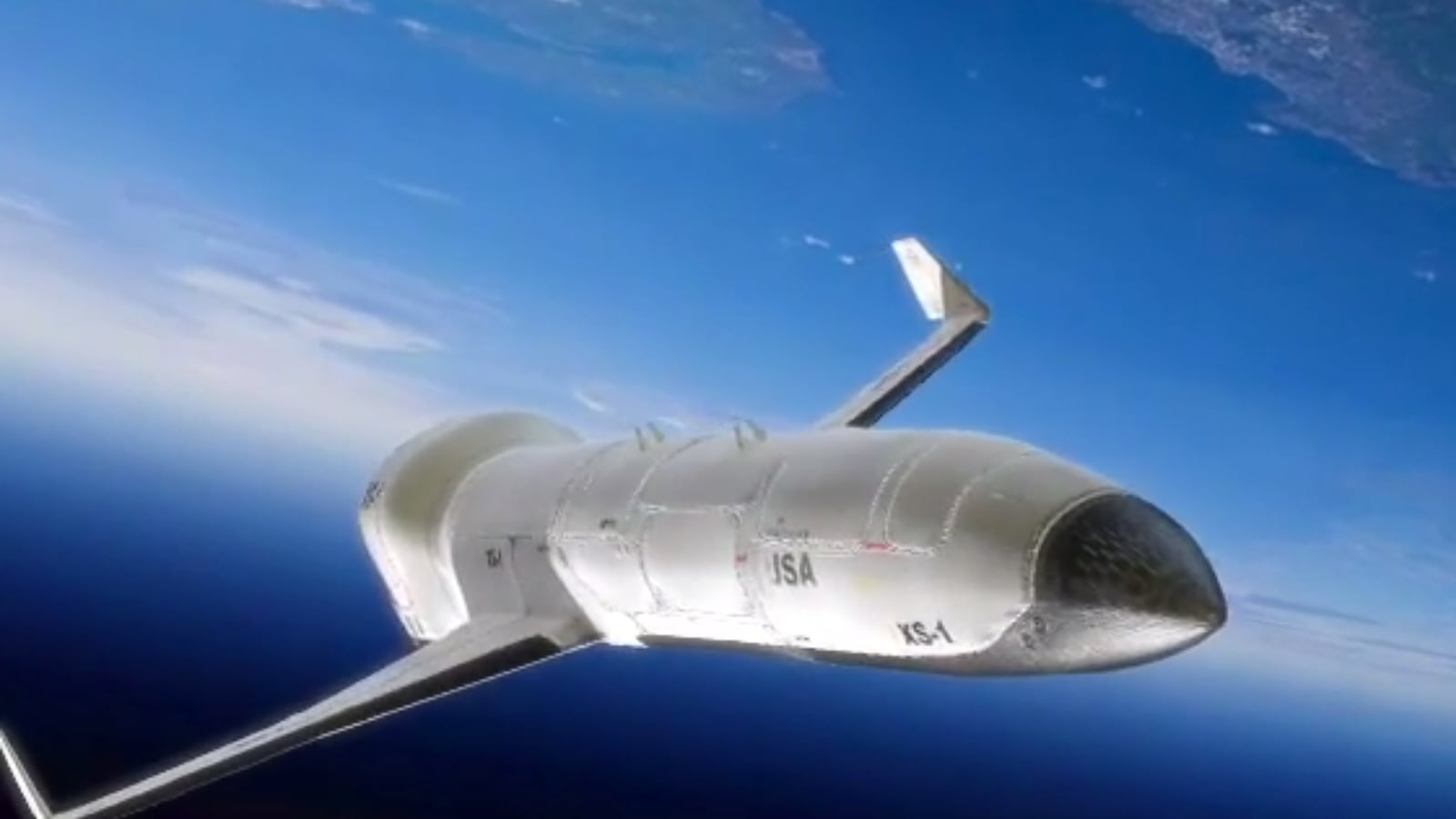The Pentagon’s premier research division wants to design an advanced spacecraft that engineers have tried and failed to build for years. So they’ve enlisted the help of Amazon founder Jeff Bezos and Sir Richard Branson, naturally.

No, the Defense Advanced Research Projects Agency has not lost its marbles; it’s just that Branson’s Virgin Galactic and Bezos’ Blue Origin companies have technology the Pentagon needs to reduce the exorbitant cost of space flight.
While both Branson and Bezos are known as magnates in other industries, both men have a large interest in forwarding the human exploration of space.
Branson, for example, founded Virgin Galactic specifically as a space tourism company to allow the common—if extraordinarily wealthy—citizen to experience the thrill of leaving the Earth’s surly bounds.
Bezos—who has many business interests outside Amazon--founded Blue Origin specifically to further human space flight at low cost. The company is working on a rocket that can take off and land vertically like a helicopter.
DARPA’s idea is to make launching satellites into a space a relatively cheap affair, using the concepts developed by Blue Origin and Virgin Galactic. Instead of spending hundreds of millions of dollars to launch a single rocket into orbit, the idea is to use a hypersonic drone flying at over 10 times the speed of sound to piggyback a small rocket into space. Launching a satellite into orbit from those extreme speeds and altitudes should cost a fraction of what it costs to launch something via a large rocket from the ground. Just one minor issue: This kind of hypersonic space plane has never been built before.
DARPA calls its new project the XS-1, for Experimental Spaceplane. To that end, DARPA has awarded contracts to three companies: The first is Boeing—which is working with Bezos’ Blue Origin. The second is Masten Space System—which is paired with XCOR Aerospace. Meanwhile, Northrop Grumman has teamed with Branson’s Virgin Galactic.
“We chose performers who could prudently integrate existing and up-and-coming technologies and operations, while making XS-1 as reliable, easy-to-use and cost-effective as possible,” Jess Sponable, DARPA program manager for the spaceplane, said in a release.
If the experiment works, it could potentially revolutionize the way satellites are launched. That could eventually lead to benefits like cheaper satellite TV services or phone service. It could also open the door to further manned exploration of space or space tourism—the technology would be applicable to all sorts of things.
Spaceplanes are not exactly new. Both the Space Shuttle and the U.S. Air Force’s mysterious X-37B orbiting drone are spaceplanes, technically. However, the difference here is that those machines were boosted into space vertically by disposable rockets—they only land like airplanes. They are still very, very expensive to launch into space. This would be different.
Basically, the concept would work like this: A blazingly fast drone--which would take off like an airplane—would fly into the upper part of the Earth’s atmosphere at over 10 times the speed of sound. From there, the drone would launch a rocket carrying a satellite. Once the rocket has been launched, the drone would head for home and land like a normal plane. Meanwhile, the rocket would continue into space and place the satellite into orbit. It’s much cheaper to do that than to build a huge rocket.
DARPA wants its new experimental spaceship to fly 10 times within in 10 days and it wants the contractor to show that the vessel can fly at 10 times the speed of sound or more. The agency also wants the contractors to show that they can actually launch a real 3,000-pound to 5,000-pound satellite into orbit during their demonstration. To top it off, it all has to cost less than $5 million for each flight.
If all goes well, the new XS-1 should be ready for flight by 2018.






